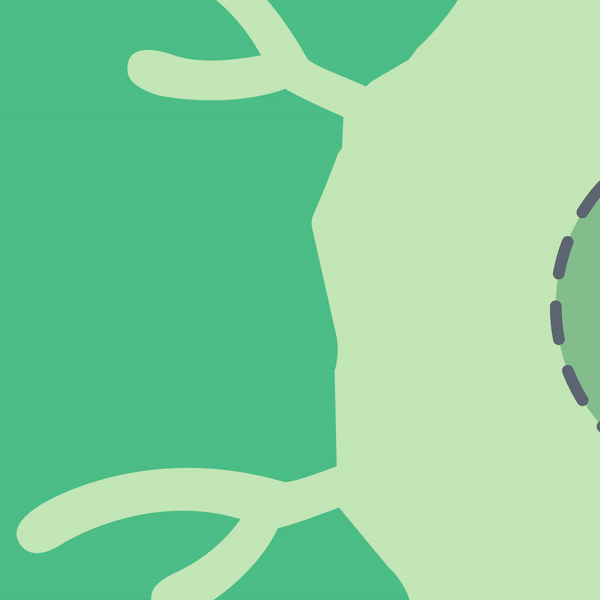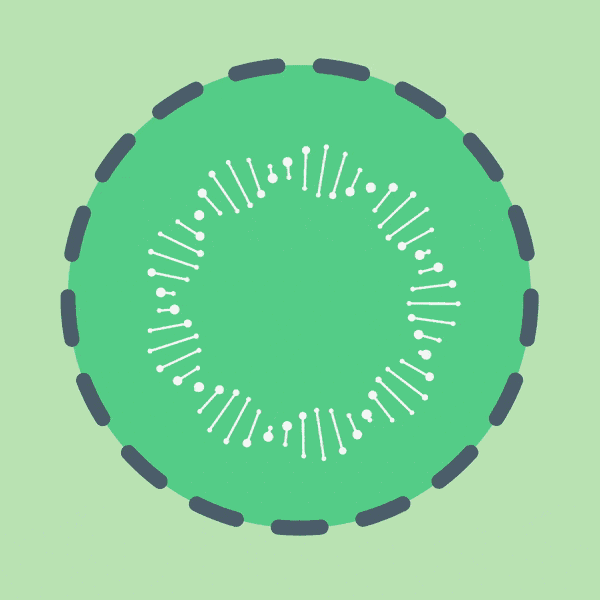
Remove existing AAV DNA
Therapeutic recombinant AAV (rAAV) vectors are made by first removing all AAV protein coding sequences

Add functional gene expression cassette
This cassette contains the functional therapeutic gene, as well as the regulatory elements necessary for that gene to be expressed

Vector delivers the gene to the target cell nucleus
The functional therapeutic gene is introduced into the target cells

Functional gene is expressed
Once delivered, the new gene may confer stable expression of the new protein, offering effective, long-term disease treatment